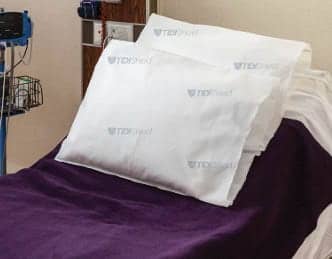by Megan Rauscher
Last Updated: 2007-09-26 16:11:02 -0400 (Reuters Health)
NEW YORK (Reuters Health) – In rare cases, disc prolapse of the lower cervical spine will lead not only to neck pain and pain radiating into the arms, but also headache, results of a prospective controlled study indicate.
The study also shows that headache, as well as the other pain, "improves or resolves after successful surgery," Dr. Hans C. Diener of University Duisburg-Essen, Germany, told Reuters Health. "Therefore, unilateral headache coinciding with neck pain and pain radiating into one arm should prompt MRI of the cervical spine," he added.
In the journal Cephalagia this month, Dr. Diener and colleagues report that 12 of 50 (24%) patients with cervical disc prolapse below the level of C4 complained of new-onset neck pain and headache, compared with 2 of 50 (4%) control patients with lumbar disc prolapse. This difference was statistically significant.
Seven of the 12 (58%) patients with headache fulfilled 3 out of 4 International Headache Society criteria for cervicogenic headache. New-onset headaches in the 2 control patients did not fulfill criteria for cervicogenic headache.
As mentioned, the clinicians also found that removal of the prolapsed disc by surgery led to a significant reduction or disappearance of pain and headache in 80% of patients. "This was true immediately after surgery (1 week) and after 3 months," they note.
Dr. Diener’s team points out in their report that cervicogenic headache caused by irritation or lesion of the C1-C3 roots has been "well described." However, it was not known, until now, whether the lower cervical roots also project into the trigeminal cervical complex in humans.
The current results, they write, "indicate that pain afferents from the lower cervical roots can converge on the cervical trigeminal nucleus and the nucleus caudalis."
Cephalalgia 2007;27:1050-1054.




